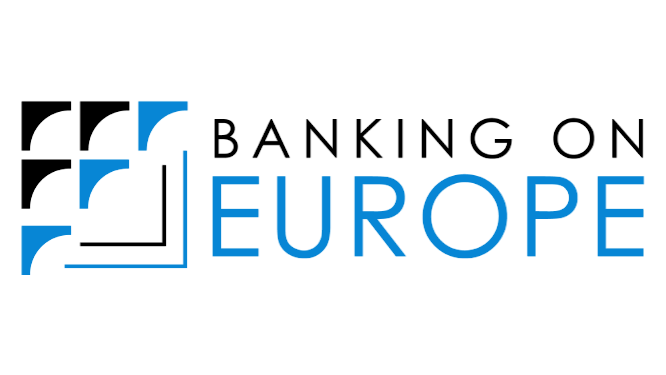
The Banking on Europe Team have published a new article in the Journal of European Integration. The Recovery and Resilience Facility (RRF) authorises the European Commission to borrow up to €672.5 billion to aid member states’ economic recovery from COVID-19. Some scholars see such funding as unprecedented. Others see a tight link with earlier borrowing instruments. By comparing the EU’s pandemic facility to eleven such instruments created between 1952 and 2021, this article shows that the RRF is familiar in some respects but novel in others. Viewed through a historical institutionalist lens, the RRF shows signs of layering, but limited evidence of displacement or path dependence. Over the last seven decades, member states have added to earlier instruments, we show through process tracing, but they have rarely been locked into institutional choices. The RRF’s strict time limit is consistent with this finding. The RRF will not become permanent, our analysis suggests, but borrowing is now part of the EU’s toolkit. Click here to read this open access article.


